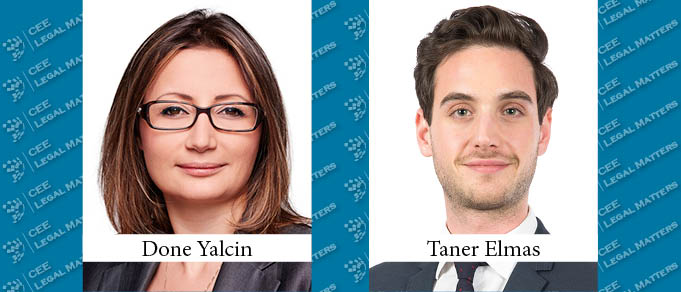Strong investments in the Turkish infrastructure sector have been the driving force behind Turkey’s economic development. In the last decade, several investments referred to as “mega-projects” have gained much attention, such as the completed Eurasian Tunnel in Istanbul, a road transport tunnel running under the Bosphorus to connect the European and Asian sides of Istanbul; the new Istanbul Airport, increasing capacity from over 100 million to over 200 million passengers per year; the third Istanbul Bridge, still one of the largest projects with construction costs of around TRY 4.5 billion (although it fell short of expectations and required USD 2.7 billion in refinancing from ICBC and still could not be executed due to the pandemic). One of the most recent projects is the 1915 Canakkale Bridge and Highway Project.
Most such projects are implemented under the Build-Operate-Transfer model, which is usually the preferred type of PPP in Turkey for such large projects.
1915 Canakkale Bridge and Highway Project
Canakkale, divided by the strait of the Dardanelles, is a city in Western Turkey of great historical importance for Europe. It lies between Europe and Asia and, like Istanbul, connects two continents; but unlike Istanbul, due to the width of the strait, Canakkale has never had a bridge connecting the two separate parts of the city – until now.
The idea of building a bridge across the strait was first raised in the 1980s. In 1994 the bridge project was put back on the political agenda, leading to a tender in 1995. However, the tender winner withdrew from the project due to its infeasibility. On March 3, 2016, Turkey’s Minister of Transport, Maritime Affairs and Communications finally announced that the project would be launched and the name of the bridge would be “1915 Canakkale Bridge,” after the famous Gallipoli campaign of the First World War.
Following this announcement, a tender was launched on January 26, 2017. Four consortia allied with international and Turkish parties submitted bids. The first consortium was Korean-Turkish, involving Daelim (South Korea), Limak (Turkey), SK Engineering & Construction (South Korea), and Yapi Merkezi (Turkey). The proposed project cost was approximately TRY 10.35 billion and the total concession period was 16 years, 2 months, and 12 days, including a construction period of five and a half years.
The second proposal came from a Japanese-Turkish consortium involving IHI (Japan), Itochu (Japan), Makyol (Turkey), Nurol (Turkey), and Japan Expressway. The project cost was around TRY 10.5 billion with a total duration of 17 years, 10 months, and 24 days.
A third proposal was a Chinese-Turkish cooperation between Cengiz Insaat (Turkey), Kolin Insaat (Turkey), and CRBC (China) with a total project cost of approximately TRY 10.3 billion and a total duration of 18 years, 8 months, and 19 days.
The fourth and final proposal was Italian-Turkish, by IC Ictas (Turkey) and Astaldi (Italy), with a total project cost of approximately TRY11.6 billion and a duration of 18 years, 5 months, and 15 days.
The Korean-Turkish consortium was awarded the project and the contract was signed on March 21, 2017, with an effective date of March 16, 2018. The duration of the contract and the total investment costs were as stated in the original bid. The EUR 2.265 billion financing package was also signed on March 16, 2018, with 17 foreign financial institutions providing 70% of the loan amount. The term of the loan is 15 years, with five years repayment-free.
The consortium plans to complete the project by 2022, with an operational date of March 18, 2022. So far, the towers and walkway of the bridge have been completed and construction continues. We understand from clients in the sector that the project is on schedule.
What Happens Next?
According to the forecasts and targets announced by the Ministry of Transport and Infrastructure, Turkey aims to reach a motorway length of more than 8,000 kilometers by 2035. As of 2020, the figure was around 3,500 kilometers. As in previous years, such mega-projects are attracting significant attention, such as the planned Istanbul Canal, nuclear power plants, a production facility for Turkey’s TOGG hybrid vehicle, and the triple-deck tunnel for trains and cars, though not all may be realized. Having said that, more transport infrastructure projects can undoubtedly be expected as the country continues its ambitious economic development.
By Done Yalcin, Partner, and Taner Elmas, Associate, CMS Turkey
This Article was originally published in Issue 8.3 of the CEE Legal Matters Magazine. If you would like to receive a hard copy of the magazine, you can subscribe here.


